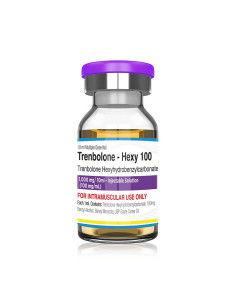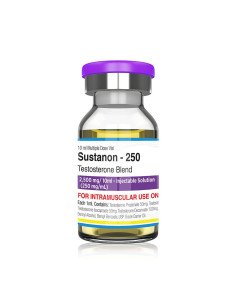IGF1-LR3 – Pharmaqo Labs
IGF1-LR3
10 x 0.1Mg Vial
Insulin-like Growth Factor 1 (IGF-1), sometimes referred to as Somatomedin C, is a hormone that bears structural similarities to insulin and is involved in childhood growth. In adults, it exhibits anabolic properties.
Among the numerous growth factors necessary for normal human development is IGF-1. IGF-1 is centrally synthesised in several organs, but mostly by the liver.
There are 70 amino acids in IGF-1. IGF-1 has an A and B chain joined by disulphide bonds, just like insulin. There are 12 amino acids in the C peptide region.
Application
Insulin-like growth factor-1 (IGF-1) has the capacity to lower blood glucose levels and aids in the regular growth and development of bone and tissue.
IGF-1 burns fat by moving towards fat cells. It thus reduces fat and boosts lean body mass. Most bodybuilders and sportsmen want these effects. Elevated IGF-1 levels are similar to gaining weight. The increase in lean body mass, not fat accumulation, is the cause of this weight gain.
IGF-1 is preferred by bodybuilders and individuals who engage in regular exercise. It increases energy levels during exercise and speeds up the recuperation period following a workout.
Injections of IGF-1 are frequently administered to both adults and children who are deficient in growth hormone. IGF-1 contains a large number of essential amino acids that can complement people who are lacking and help youngsters who are not developing at a normal rate.
Studies have also revealed that the anabolic effects of IGF-1 may be related to skeletal muscle's inhibited breakdown of proteins and stimulated synthesis of proteins; this reaction may be brought on by IGF-1's direct effect on muscle tissue, helping to heal skin burns and other abnormalities of the tissue.
The mode of action
IGF-1, a naturally occurring hormone in human blood, is primarily responsible for controlling the effects of growth hormone in the body. Typical functions of growth hormone and IGF-1 include tissue and bone growth. Growth hormone in the blood causes IGF-1 to form in various tissues, which in turn stimulates growth in almost every cell in the body, including bone, cartilage, skeletal muscle, liver, kidney, nerve, skin, and lung cells. In addition to its insulin-like effects, IGF-1 can also regulate the synthesis of cellular DNA.
Supervisory
Administration Method: Subcutaneous injection into a fleshy portion of the body, usually the abdomen or stomach. It is also possible to inject IGF-1 intramuscularly.
Make sure you always use a sterile, clean syringe before injecting IGF-1.
Sturdy-hold the IGF-1 vial and slide the needle into the middle of the cap.
Pull the plunger until the syringe contains the proper amount (see to "Dosage" below), then carefully remove it.
Cleanse the affected region of skin with alcohol before inserting the syringe.
Pinch the skin surrounding the injection site, allowing a margin of about 2 cm on all sides.
Quickly enter the syringe while holding it at a 90-degree angle to your skin.
Once the syringe is empty, fully depress the plunger and carefully pull out.
Quantity
Dosage: To promote fat loss and the formation of lean muscle.
40–50 micrograms per day (males)
10–20 mcg per day (for women)
It is not recommended to inject IGF-1 more than twice a day.
An IGF-1 dose cycle typically lasts between two and twelve weeks.
When provided IGF-1 for a developmental defect, children and adults should speak with a healthcare professional on appropriate dosage.
Adverse Reactions
IGF-1's adverse effects can resemble those of other growth hormones. These include harm to the joints, liver, and heart, as well as acromegaly, or the growth of extra bodily tissue. IGF-1 may be the source of headaches, nausea, muscular and joint pain. Hypoglycemia can also be brought on by IGF-1's ability to lower blood glucose levels. Additionally, IGF-1 has been linked by researchers to a higher chance of developing some malignancies, including colorectal, prostate, lung, and breast cancer.
Advantages
Encouraging the body to synthesise proteins; controlling fat reserves and allocating them for energy generation, leading to weight reduction
encouragement of beneficial effects on metabolism, growth in lean body mass, and development of muscle
defence against heart disease, immunological disorders, and plaque accumulation
assist in the growth of infants and people lacking in important amino acids
Enhanced control of blood sugar levels
encouragement of users' optimum well-being, fitness, and health

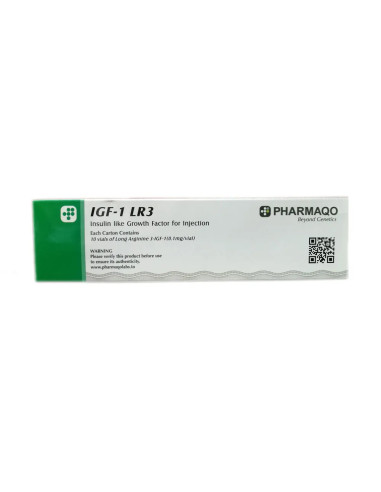

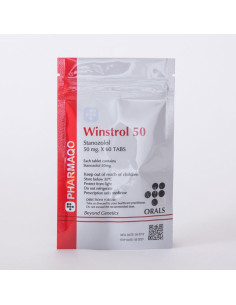

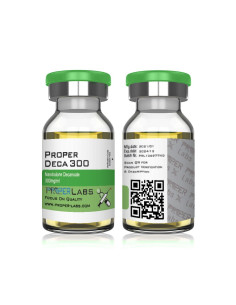
![Buy Power Erection (small bag)- Proper Labs [8Tabs/20mg] in Europe. €17.00](https://eu-steroids.com/30-home_default/power-erection-small-bag-proper-labs-8tabs-20mg-.jpg)
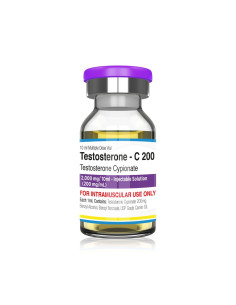

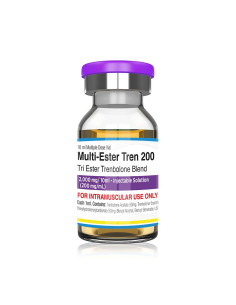

![Buy Proviron [25mg 50tabs] - PHARMAQO in Europe. €50.90](https://eu-steroids.com/137-home_default/proviron-25mg-50tabs-pharmaqo.jpg)
![Buy Proviron [25mg 50tabs] - PHARMAQO in Europe. €50.90 2](https://eu-steroids.com/138-home_default/proviron-25mg-50tabs-pharmaqo.jpg)
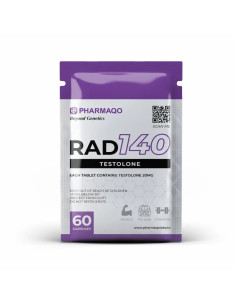
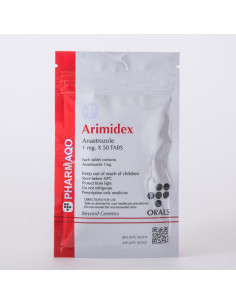

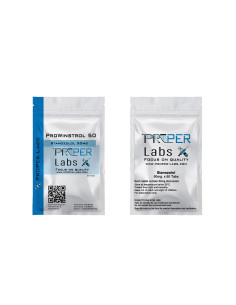
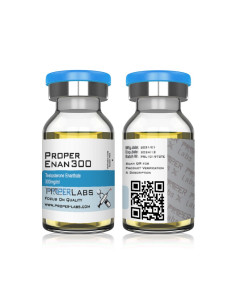


![Buy LGD 4033 - PharmaQO [60caps/12mg] in Europe. €69.90](https://eu-steroids.com/331-home_default/lgd-4033-pharmaqo-60caps-12mg-.jpg)
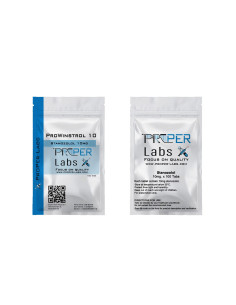
![Buy Proper Power Erection – Proper Labs [20Tabs/20mg] in Europe. €32.00](https://eu-steroids.com/27-home_default/proper-power-erection-proper-labs-20tabs-20mg-.jpg)
